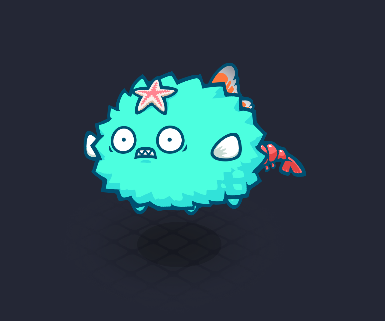
Does yield farming have the same approach as NFT gaming? What is crypto farming? When you put your stake into a token, how do they make money? Is this how NFT games coins work?
DeFi Yield Farming for Money Making
Before everything else, the lesson is about LP or liquidity provisions, which is the backbone of DeFi. Yield farming is where a lot of gamers make money.
However, is this really sustainable? An article by HackerNoon explains the economics.
To be clear, both liquidity provisioning and yield farming pay players. One is paid in fees from trades, while others are paid through rewards given by a certain trading platform for players or investors "staking" their liquidity with them.
LP and Yield Farms
Trading fees from liquidity are just paid back as sort of a fractional percent of the underlying tokens. Rewards coming from yield farming are also given as yet another separate token that is related to the platform. Since players are earning tokens for staking their LP tokens, yield farming can also be called "liquidity mining."
Basically, LP and farms could be "nesting dolls" for tokens, which allow owners to "double dip" their investment.
As seen on ElkDex, ELk is distributed as a particular farming token in exchange for players' LP tokens. Due to ElkDex supporting farms for liquidity pairs only with ELK, farming on ElkDex means players earn tokens through two methods, fees and farming rewards.
How are DeFi Platforms Making Money?
Now going to the more gaming related part, how are DeFi platforms making money?
The answer is that it actually provides an incentive for players to deposit their tokens into the pool. Liquidity providers earn from transaction fees.
As an example, DEX takes a cut for themselves as well.
When it comes to DEX, it is about volume, the more volume, the higher the profits.
Yields are obviously higher during the start when the project launches. NFT games players and investors usually go "yield chasing" when the phenomenon is still early.
This can also be dangerous, however, as it has also resulted in questionable projects every once in a while.
Farming Tokens
Farming tokens, however, don't always have utility.
The value is just tied purely through the platform's popularity. Other platforms don't even have a trading feature but rather get their profits taking deposits of LP tokens from DEXs.
Most platforms will create utility for their tokens like NFT games or other functions. This usually comes in "governance tokens" and owning the token would give players rights to the platform. The rights are proportional to ownership.
DeFi StartUps
When it comes to DeFi startups, yield farming works by distributing tokens in a fair way through alternative ICOs, or initial coin offerings, that still carry regulatory concerns in some jurisdictions and are still unequal in terms of access. Once distributed through farming, the tokens can be freely traded.
An article by VentureBeat mentions Yield Guild Games investing in yield-farming NFT games like "The Sandbox," "Axie Infinity," and "League of Kingdoms."
Related Article: Top NFT Games to Play that Cost Less Than $100 while 'Axie Infinity' Remains Expensive | 'Splinterlands,' 'Gods Unchained,' and More!
This article is owned by Tech Times
Written by Urian B.
ⓒ 2025 TECHTIMES.com All rights reserved. Do not reproduce without permission.




